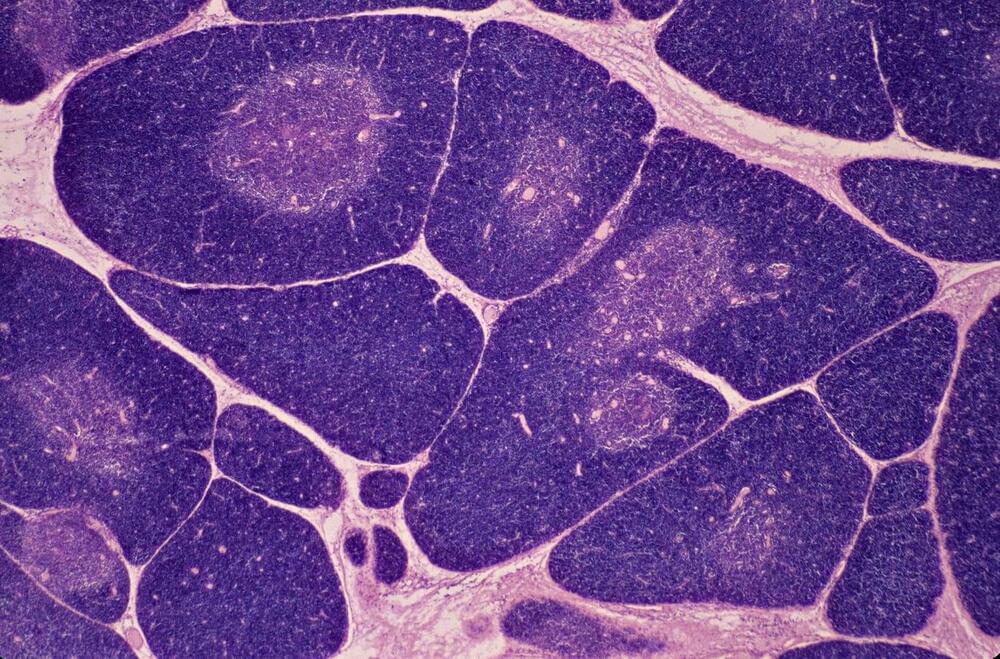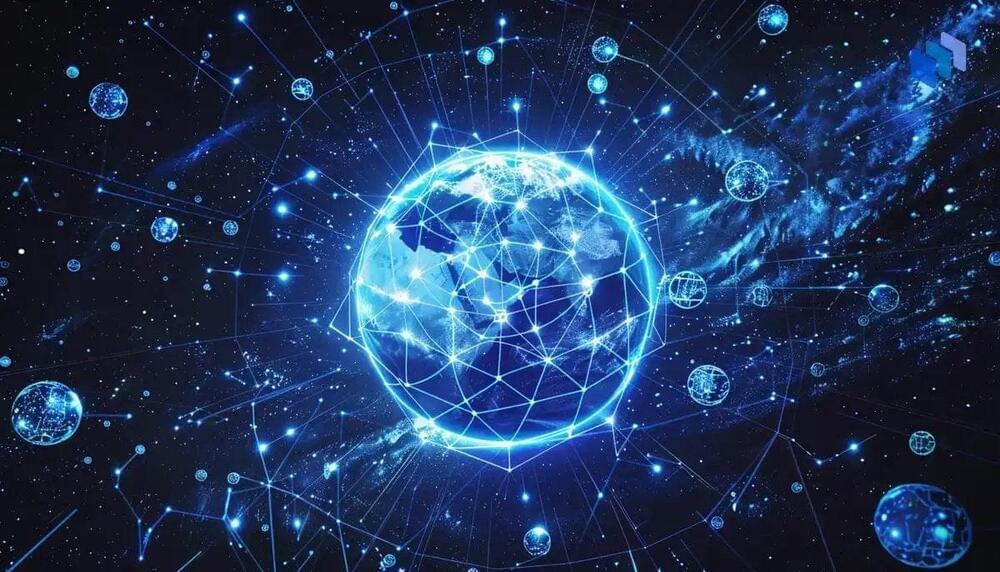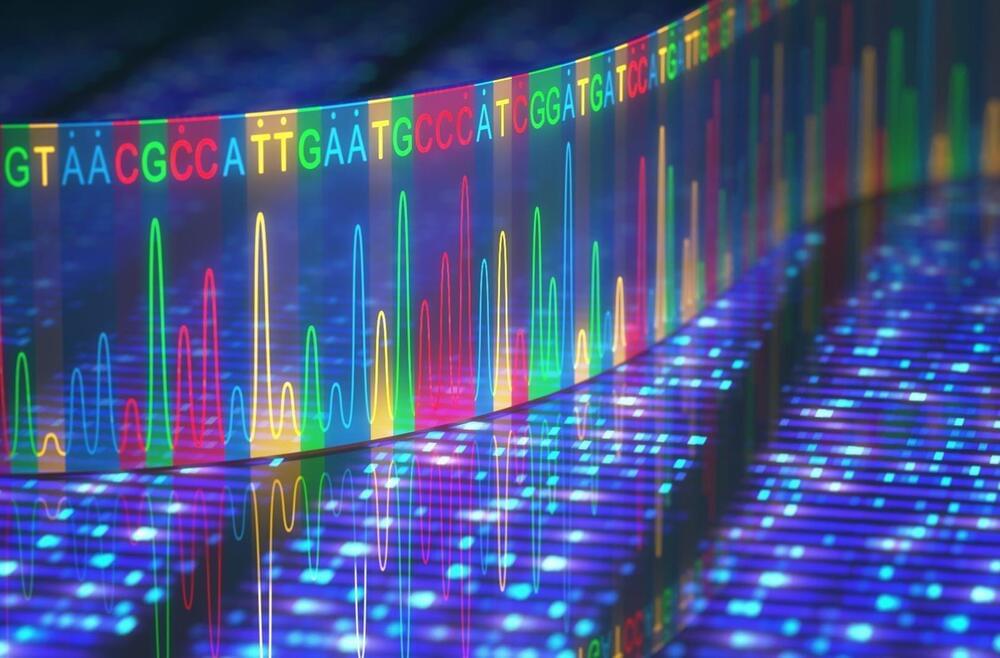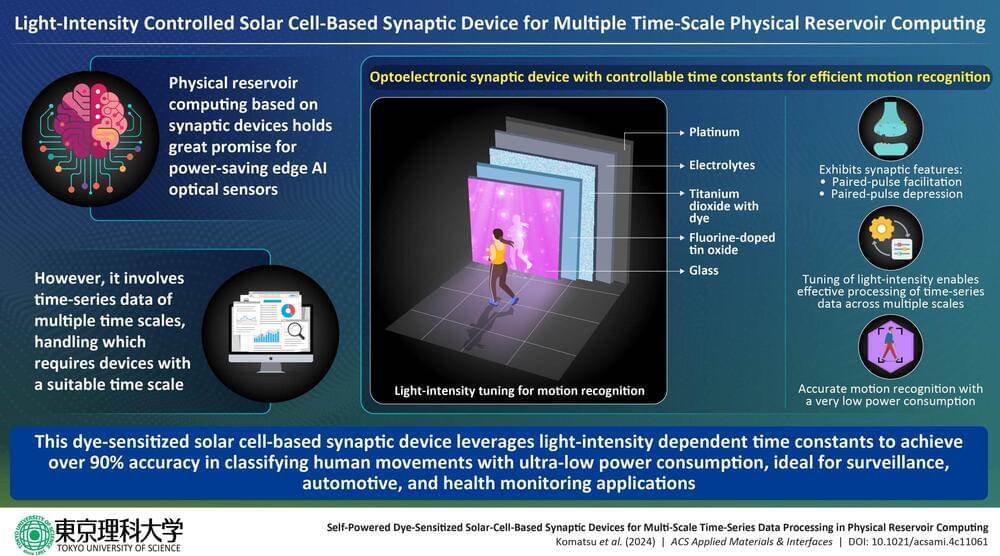When you think of nuclear devastation, you imagine shockwaves, fireballs, and destruction. But the true nightmare lies in what comes after—the fallout. Now, imagine a weapon so lethal it could render Earth uninhabitable for centuries. Meet the cobalt bomb, a terrifying \.
Get the latest international news and world events from around the world.


Scalar fields: the secret sauce of theoretical physics
Requested URL must be a parsable and complete DynamicLink.
If you are the developer of this app, ensure that your Dynamic Links domain is correctly configured and that the path component of this URL is valid.
Drones to soar GPS-free using fingerprint-inspired navigation tech
Advanced Navigation and MBDA are creating a GPS-free drone navigation system using NILEQ’s neuromorphic sensors for terrain positioning.


Meet Oklo, the Earth’s Two-billion-year-old only Known Natural Nuclear Reactor
Physicist Francis Perrin sat at a nuclearfuel-processing plant down in the south of France, thinking to himself: “This cannot be possible.” It was 1972. On the one hand, there was a dark piece of radioactive natural uranium ore, extracted from a mine in Africa. On the other, accepted scientific data about the constant ratio of radioactive uranium in ore.
Examination of this high-grade ore from a mine in Gabon was found to contain a lower proportion of uranium-235 (U-235) — the fissile sort. Only a tiny bit less, but enough to make the researchers sit back and scratch their heads.

AI is fast. AI is smart. But is it safe?
Computer science expert Kristian Hammond discusses Northwestern’s Center for Advancing Safety of Machine Intelligence and its efforts in making AI more responsible.
Computer scientist Kristian Hammond says the Center for Advancing Safety of Machine Intelligence is working to develop the kinds of guardrails that will help us use AI for a bigger and better impact on the world without compromising our well-being. Photo by Jonah Elkowitz.

Revolutionizing Epigenetics: A New Era Of DNA Methylation Sequencing
Oxford Nanopore Technologies and Wasatch BioLabs have joined forces to develop a groundbreaking direct whole-methylome sequencing (dWMS) product. This collaboration addresses the limitations of traditional methylation sequencing methods, such as bisulfite sequencing and methylation microarrays.
By leveraging Oxford Nanopore’s advanced sequencing technology and Wasatch BioLabs’ proprietary methylation assays, the partners aim to offer a more comprehensive and accurate approach to studying epigenetic modifications. dWMS eliminates the need for harsh chemical treatments and PCR amplification, reducing biases and improving genome-wide coverage.
This innovative technology has the potential to revolutionize epigenetic research, providing valuable insights into the role of methylation in various biological processes and diseases. The collaboration between these two companies is poised to drive significant advancements in genomics and precision medicine.

Novel physical reservoir computing device mimics human synaptic behavior for efficient edge AI processing
Researchers at Tokyo University of Science have developed a solar cell-based optoelectronic device that mimics human synapses for efficient edge AI processing.
Artificial intelligence (AI) is becoming increasingly useful for the prediction of emergency events such as heart attacks, natural disasters, and pipeline failures. This requires state-of-the-art technologies that can rapidly process data. In this regard, reservoir computing, specially designed for time-series data processing with low power consumption, is a promising option.
It can be implemented in various frameworks, among which physical reservoir computing (PRC) is the most popular. PRC with optoelectronic artificial synapses (junction structures that permit a nerve cell to transmit an electrical or chemical signal to another cell) that mimic human synaptic elements are expected to have unparalleled recognition and real-time processing capabilities akin to the human visual system.
However, PRC based on existing self-powered optoelectronic synaptic devices cannot handle time-series data across multiple timescales, present in signals for monitoring infrastructure, natural environment, and health conditions.